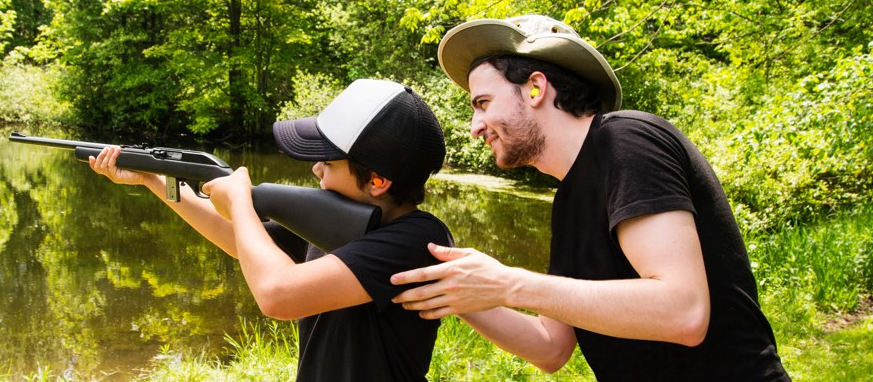A Guide To Choosing the Right Weapons Safety Course
 Whether you are a first-time gun owner or an experienced shooter, basic firearm training is important. This will help you learn established safety protocols and develop safe shooting habits. Firearms should be unloaded when not in use and stored in a secure place where unauthorized adults cannot gain access.
Whether you are a first-time gun owner or an experienced shooter, basic firearm training is important. This will help you learn established safety protocols and develop safe shooting habits. Firearms should be unloaded when not in use and stored in a secure place where unauthorized adults cannot gain access.
The Basics
Gun safety is one of the most important things you can learn, no matter what firearm you use. Even if you’ve owned guns for years and consider yourself an expert, picking up unsafe habits that could lead to injury or damage is still possible.
A good weapons safety course will help you develop the knowledge and skills to stay safe, whether handling a gun at home or bringing it into public. You’ll learn the basics of keeping your finger off the trigger, pointing the muzzle in a safe direction, and visually and physically checking that a weapon is unloaded before shooting.
It’s also important to choose an instructor with the right background. A law enforcement or military background can lend credibility to your lessons, and some instructors may be more receptive to questions from students than others.
Safety
Weapons safety training teaches soldiers about the capabilities and features of their weapons. It also teaches them how to safely open and close the action of their weapon’s action and load and unload ammunition. Guns are dangerous tools and should always be treated as such. Even when the safety is on, it’s possible for a blow or jar strong enough to actuate the trigger mechanism and discharge a bullet. It’s essential to treat every weapon as if it were loaded and never to point the muzzle in any direction unless you’re ready to shoot. This is one of the most important weapons safety rules that should be practiced at home, too. Use a gun-locking device to secure your weapons when they aren’t in use and keep them separate from the ammunition.
Shooting
The act of discharging a projectile from a weapon, such as a gun, bow, crossbow, slingshot, or even a blowpipe, is called shooting. A person proficient at using a firearm for sport, hunting, or self-defense is often called a marksman or sharpshooter.
A firearm safety course is essential to build muscle memory and learn proper shooting techniques when learning new weapons. Some of these courses also include live-fire training experiences. This course teaches students critical operational theory and basic mechanical skills to safely use Tasers consistent with law enforcement guidelines and de-escalate potentially dangerous encounters. This course cultivates critical decision-making and incisive tactical judgment for the turbulent dynamics of police encounters.
Maintenance
Guns are dangerous tools that require special care when being handled. A good firearm safety course will also cover maintenance and storage procedures. Firearms should be kept locked away when not in use and stored separately from ammunition. The safest way to store a firearm is in a vault or security cabinet. It is essential to teach children the dangers of firearms and have them sign a Pledge of Firearm Safety so they do not play with them.
NRA Home Firearm Safety is an in-person overview of firearm safety principles (non-shooting). This objective-based class explores the 3 Rules of Safe Gun Handling, the primary causes of gun accidents, and how to safely unload, make, and secure various rifle types. This course meets national standards, and you will receive an official certificate of completion.
Storage
Everyone must attend safety classes that offer age-appropriate education if a family owns firearms. This step can go a long way toward preventing unintentional injuries and improper firearms handling or storage. Many courses recommend using a gun safe, a lock box, or a case to store guns and ammunition separately. In addition, storing them in a locked location is essential to prevent unauthorized access. This includes when the firearm is not used and when children are at home. Also, remember always to assume a firearm is loaded and keep your finger off the trigger until you are ready to shoot. These practices can prevent unauthorized handling and accidents such as suicide or domestic violence.